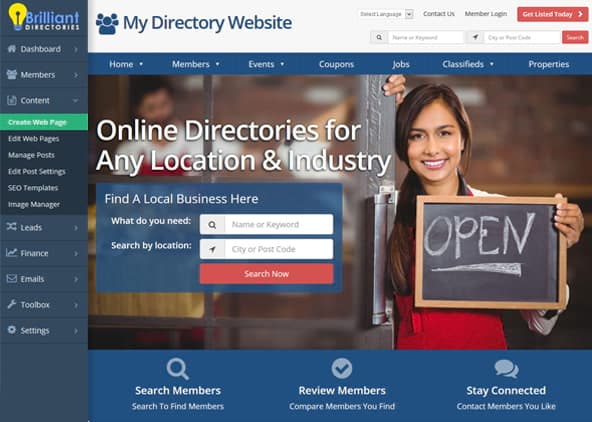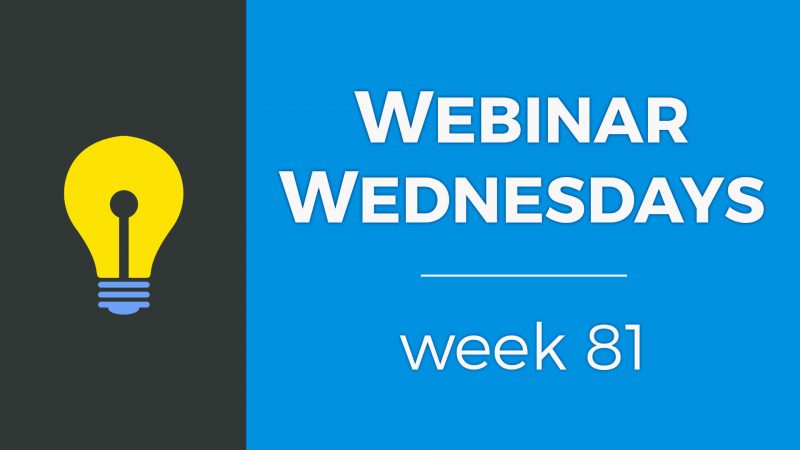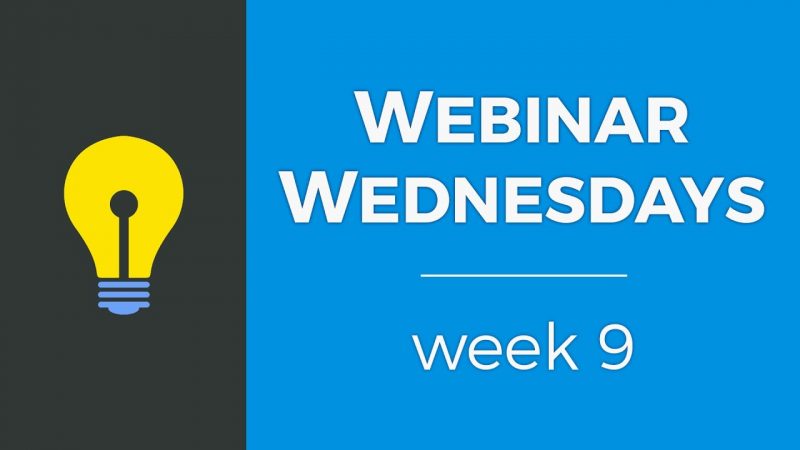
The Simple Events Calendar plugin uses the psychological Calendar Effect to make events feel official, increasing attendance and engagement. Strategically position your calendar visibly, provide clear event details, and use visual elements like color-coding. Avoid clutter, inaccuracies, and outdated listings for best results.
There’s an interesting behavioral trend that’s quietly influencing attendance at online events—the Calendar Effect. Studies reveal events appearing neatly scheduled on a calendar often attract up to 27% more participants than those shown in traditional lists. Recently, a well-known online community offering art classes saw sign-ups increase noticeably after switching their events from simple lists to organized calendar displays.
Take, for example, a community manager named Alex who hosted monthly webinars for freelancers. Initially, Alex simply listed upcoming webinars on a standard webpage, with moderate attendance levels. However, after shifting these events onto an interactive calendar widget, webinar participation jumped by nearly 20%. Participants subconsciously considered these calendar-listed webinars as official appointments rather than optional sessions, thus leading to higher commitment levels and better attendance.
What Is the Calendar Effect and Why Does It Matter?
The Calendar Effect refers to our subconscious belief that events scheduled clearly on calendars carry more legitimacy, importance, and value. Simply put, calendar-based displays automatically suggest significance. They’re not just another event—each listed date feels like a confirmed appointment.
Consider your own dentist or doctor visits. The simple act of seeing an appointment marked clearly in your calendar subtly reinforces the seriousness of attending. Similarly, showing your site’s events in a calendar format makes them appear official, important, and worth the audience’s commitment.
This psychological advantage isn’t just theoretical—it’s highly effective. Let’s examine exactly how the Simple Events Calendar plugin helps bring this subtle psychology to life on your website.
How Does the Simple Events Calendar Plugin Actually Work?
This user-friendly plugin automatically converts your upcoming published events from ordinary lists into dynamic calendars. Events appear neatly arranged in monthly or yearly views, allowing visitors to quickly browse and choose dates. Visitors appreciate calendars for their visual clarity and simplicity, making it easier to spot interesting events without extra effort.
The plugin easily fits into various areas of your site. Place it on homepages, sidebars, event landing pages—anywhere visitors frequently browse. Its adaptability makes event information accessible and engaging, ensuring visitors won’t miss important updates.
- Clearly organizes all upcoming events in monthly or yearly calendar formats.
- Displays dynamic, real-time updates automatically.
- Easily integrates on sidebars and key webpages.
- Makes event dates instantly recognizable and easy to navigate.
Now, let’s explore three specific strategies to effectively use the Simple Events Calendar plugin to boost attendance and participation.
1. Where Should You Position Your Calendar for Maximum Engagement?
Placement significantly influences the Calendar Effect’s impact. You need your calendar where visitors naturally focus. High-traffic areas like homepages, dashboards, and prominent sidebars are ideal locations for maximum visibility and convenience.
For instance, an online photography club strategically placed their event calendar on the main page sidebar. Within weeks, attendance for photo-editing workshops climbed noticeably, simply because event dates became immediately visible and accessible to all site visitors.
- Do place calendars on pages visitors frequently visit.
- Do make sure calendars remain consistently visible.
- Don’t bury event calendars in obscure or less-visited pages.
2. How Can Event Content Strengthen the Calendar Effect?
The content itself greatly influences perceptions. Titles, descriptions, and clear dates influence subconscious credibility, helping members see your events as essential, scheduled commitments rather than optional extras.
Suppose you organize online coaching sessions. Initially, vague event titles like “Weekly Coaching Session” drew minimal engagement. After changing these to more descriptive titles such as “Career Coaching: Resume Tips – March Session,” attendance rose significantly. Clearly defining events adds professionalism, enhancing the calendar’s subconscious influence on attendees.
- Create specific, clear event titles and descriptions.
- Include exact times, dates, and relevant details.
- Update regularly to maintain trust and reliability.
3. Why Should You Include Visual Elements in Your Event Calendar?
Visual cues dramatically enhance calendar appeal. Simple color-coding, icons, or distinct event categories help users quickly identify event types and interests, increasing attendance and engagement.
A marketing webinar provider, for example, began assigning unique colors to different event categories: workshops in blue, Q&A sessions in orange, and guest webinars in green. Participants instantly identified preferred sessions without extra effort, and attendance numbers rose across the board.
- Use colors and icons to visually distinguish event types.
- Ensure visual elements remain consistent and clear.
- Avoid overly complex designs; simplicity enhances clarity.
What Challenges Might You Face Using a Calendar for Events?
Despite its clear advantages, effectively implementing a calendar-based event system comes with challenges. A common issue is calendar overload. Too many events crammed into a single space quickly overwhelm visitors, reducing engagement rather than enhancing it.
Another frequent challenge is ensuring accuracy and timely updates. Incorrect or outdated details frustrate visitors, undermining the credibility you initially gained through clear calendar presentation.
Lastly, without routine maintenance, calendars quickly appear neglected. Visitors may lose trust if events frequently remain after their completion dates.
- Regularly review and simplify calendar views to avoid overload.
- Automate removal of past events to maintain up-to-date accuracy.
- Delegate calendar updates clearly to ensure ongoing reliability.
Are You Ready to Increase Attendance Through the Calendar Effect?
Implementing the Calendar Effect can significantly improve event attendance and overall user engagement on your website. Clearly displaying upcoming events through the Simple Events Calendar plugin leverages subtle psychological benefits, turning casual site visitors into committed participants.
- Strategically place calendars for highest visibility.
- Create event content that clearly communicates importance.
- Include simple visual cues to enhance user experience.
Your event calendar isn’t just another feature—it’s a subtle yet powerful tool to enhance engagement, credibility, and attendance. By making your events feel more official and credible through calendar displays, you effectively encourage visitors to commit their time and attention.
Try it yourself today and watch your event participation rates improve. Take advantage now with a free trial—experience firsthand how your events can become more engaging and successful through the Calendar Effect. Get started with our 7-Day Free Trial and see the difference for yourself.














